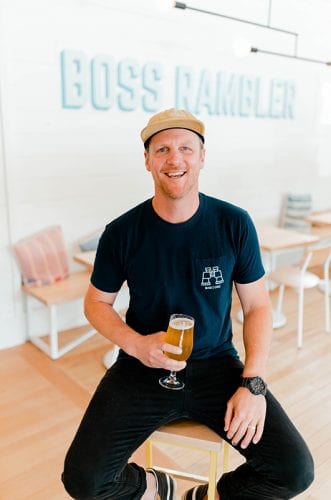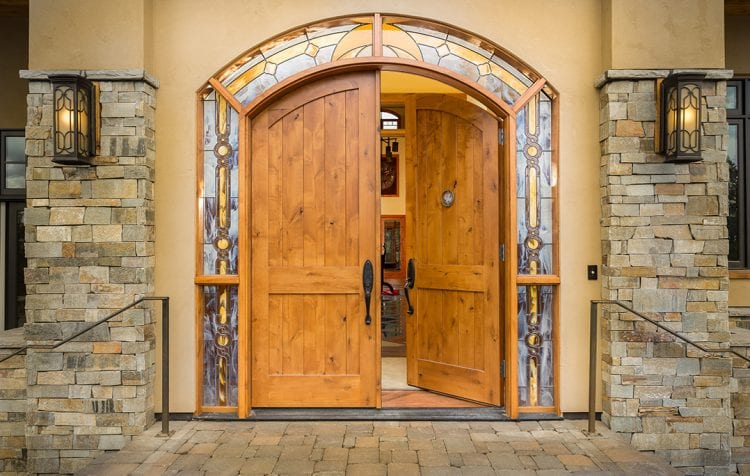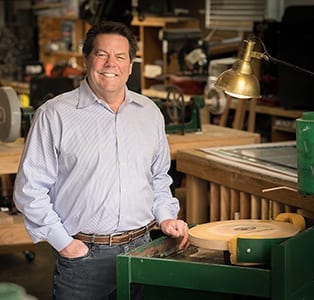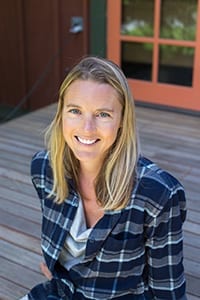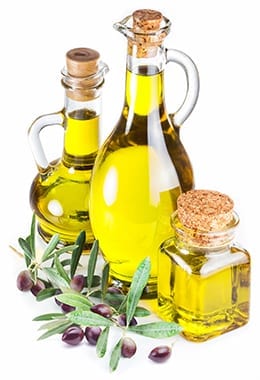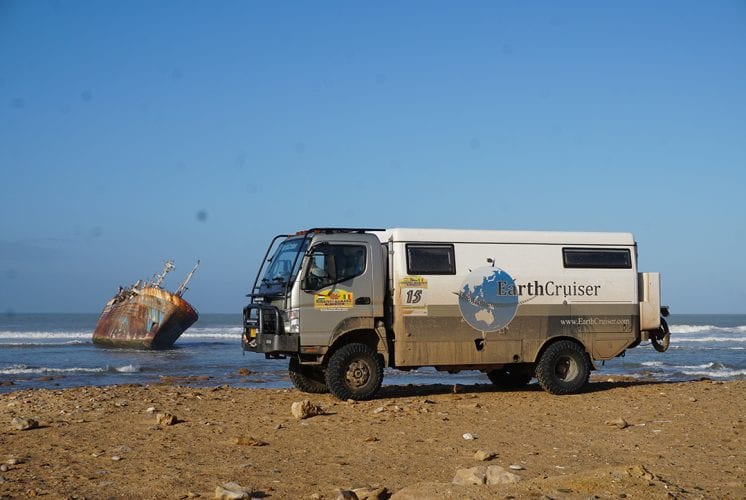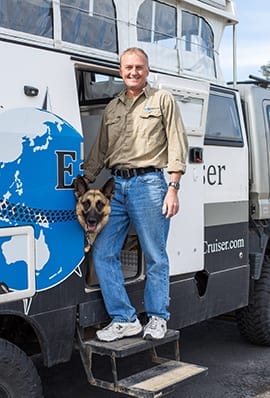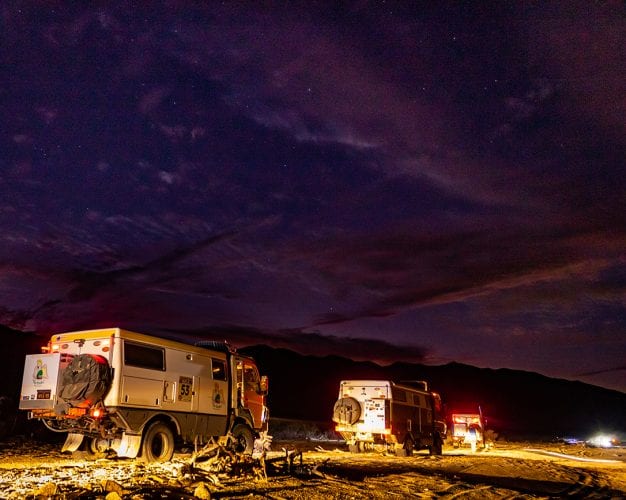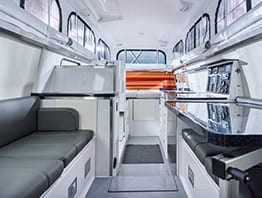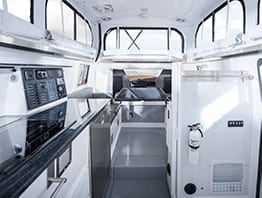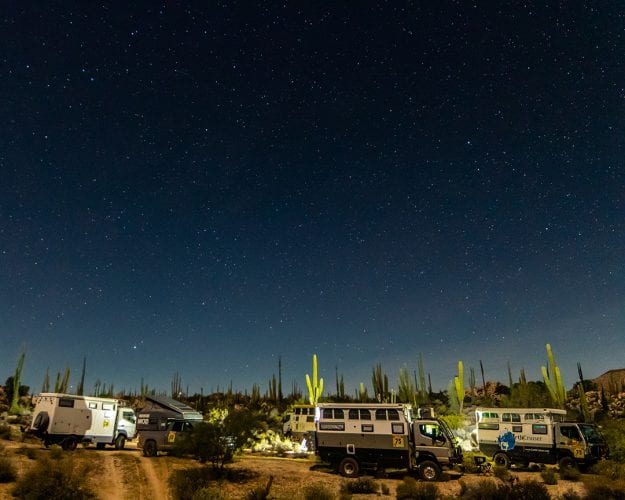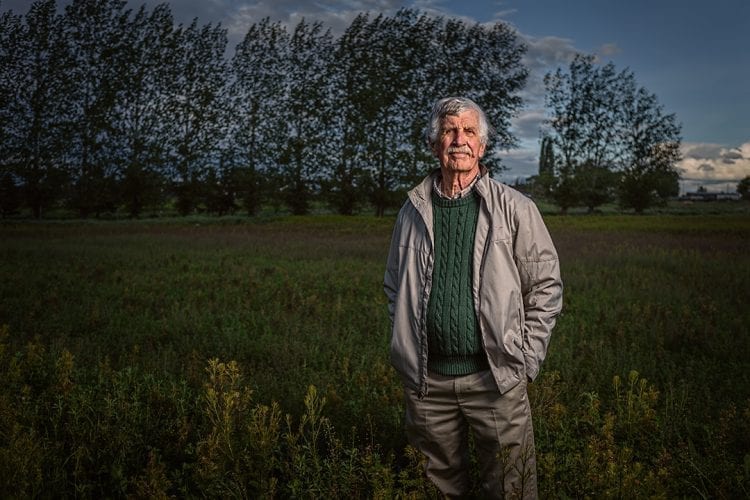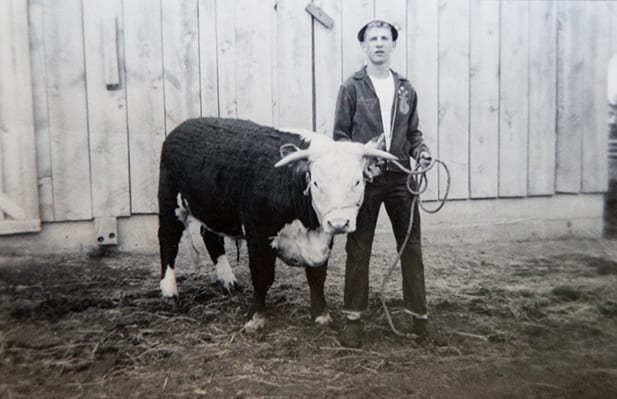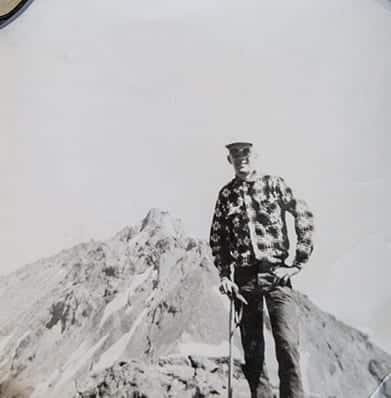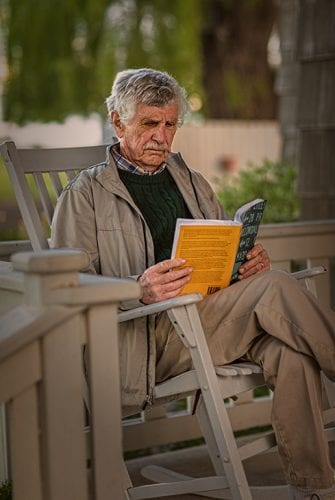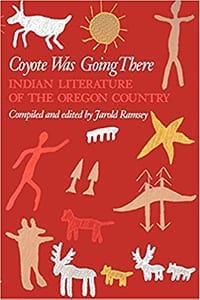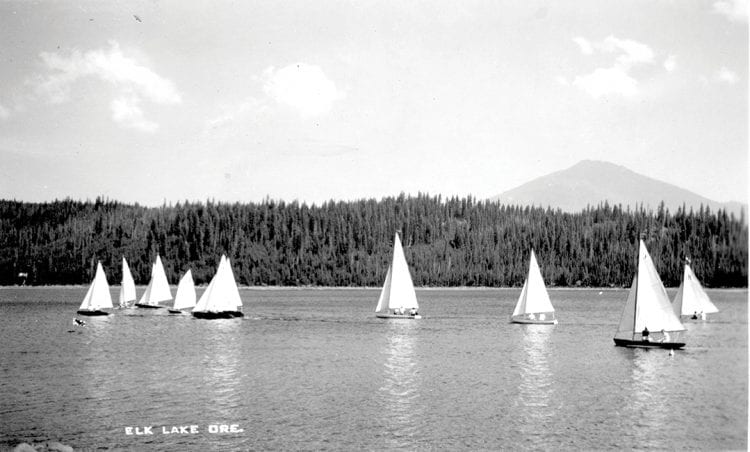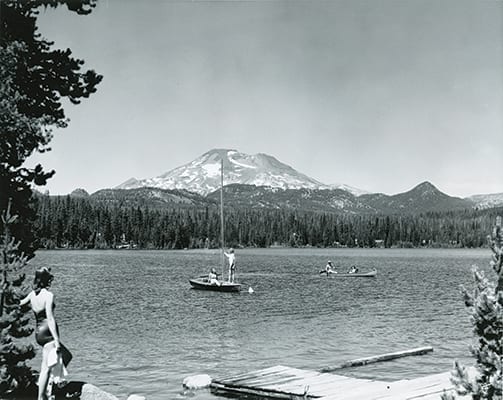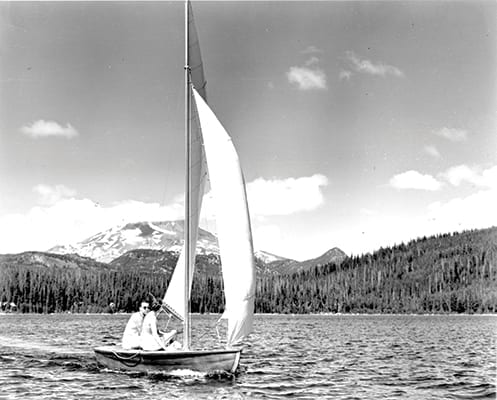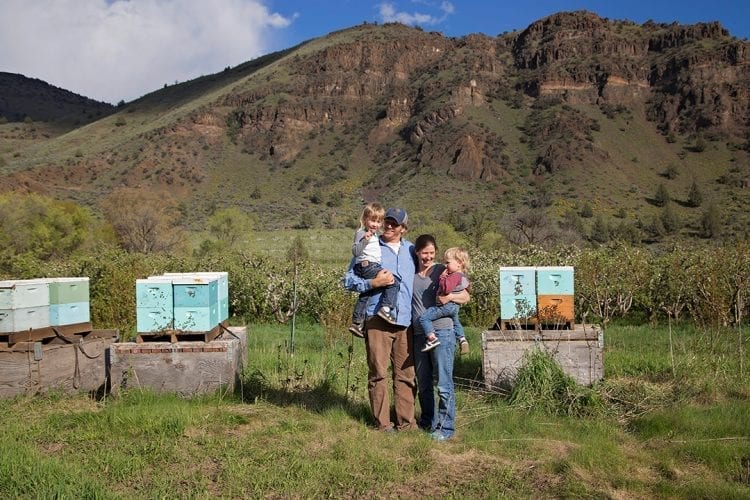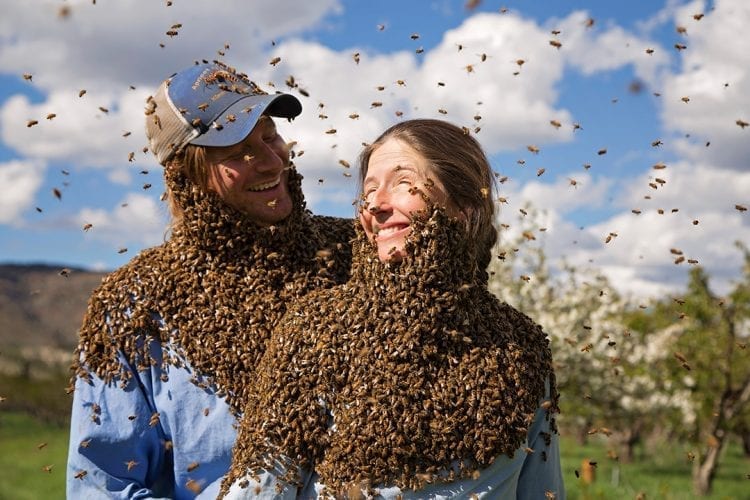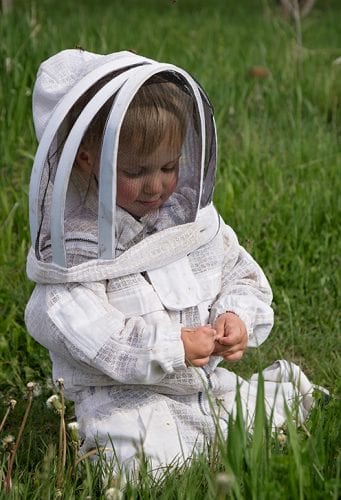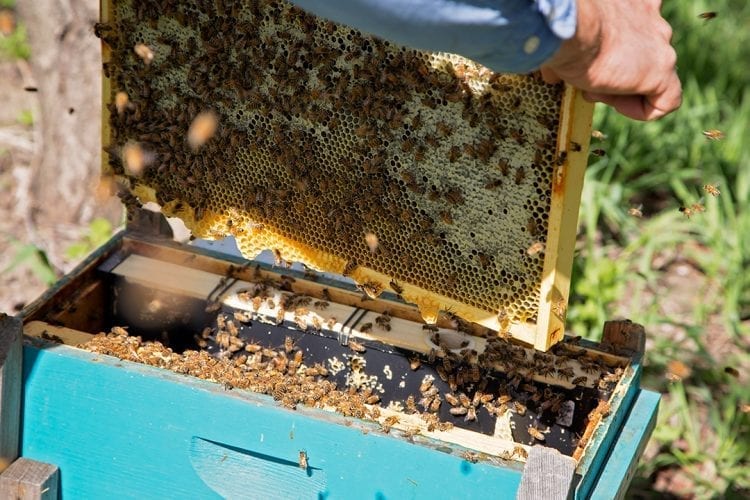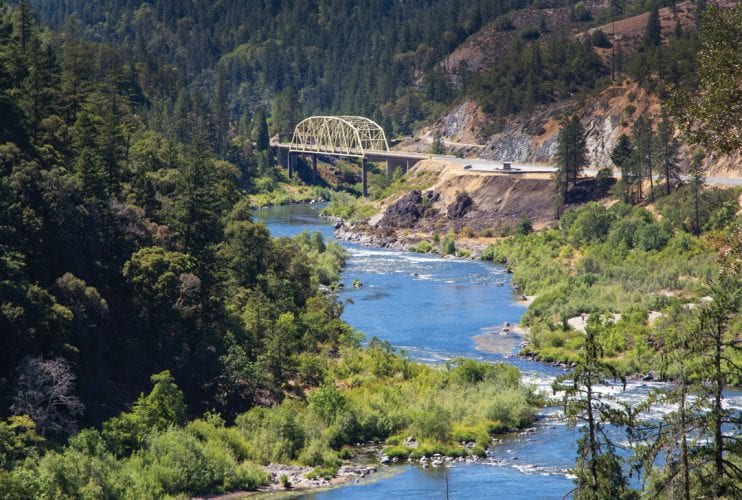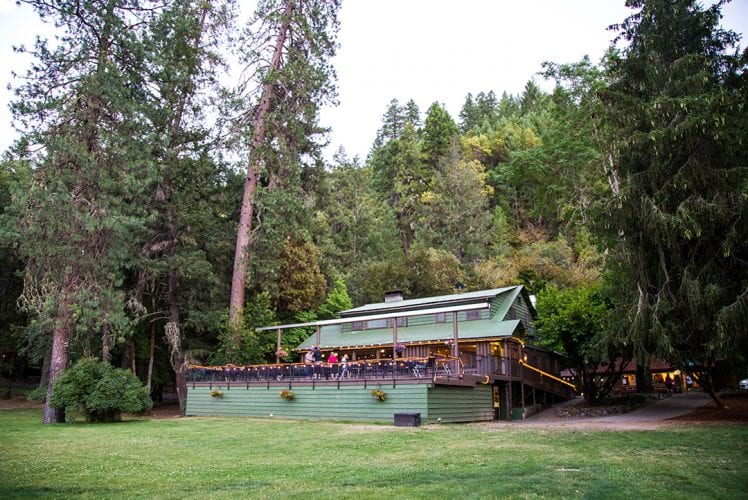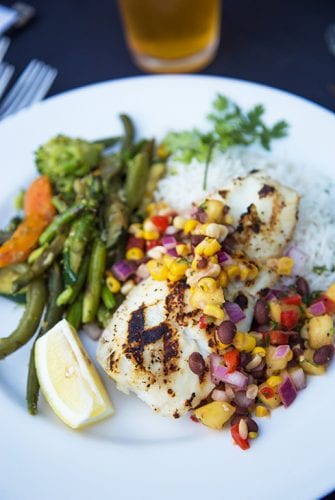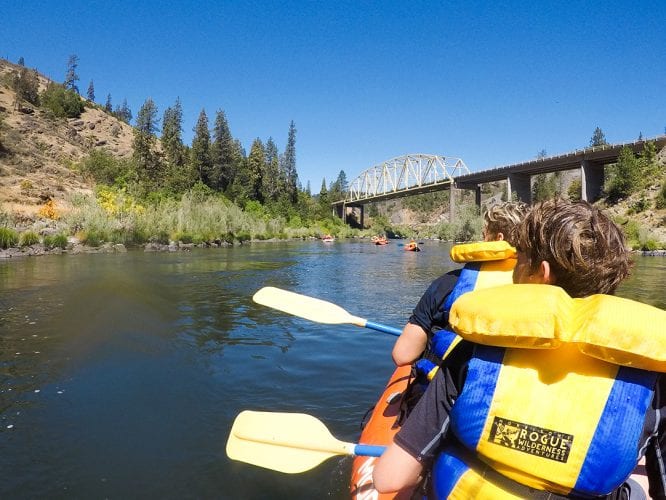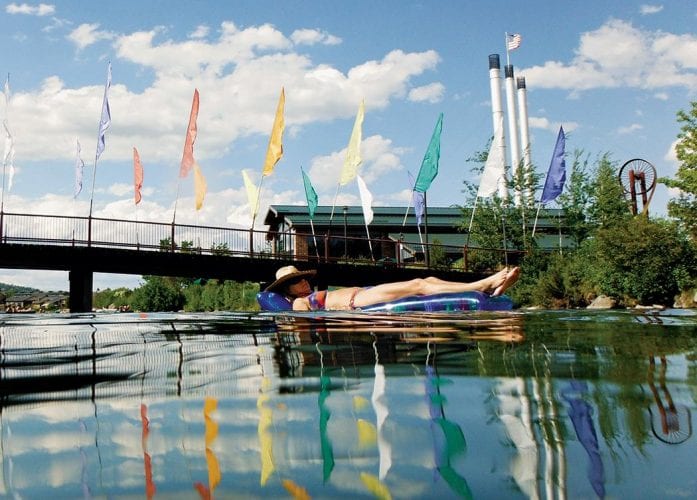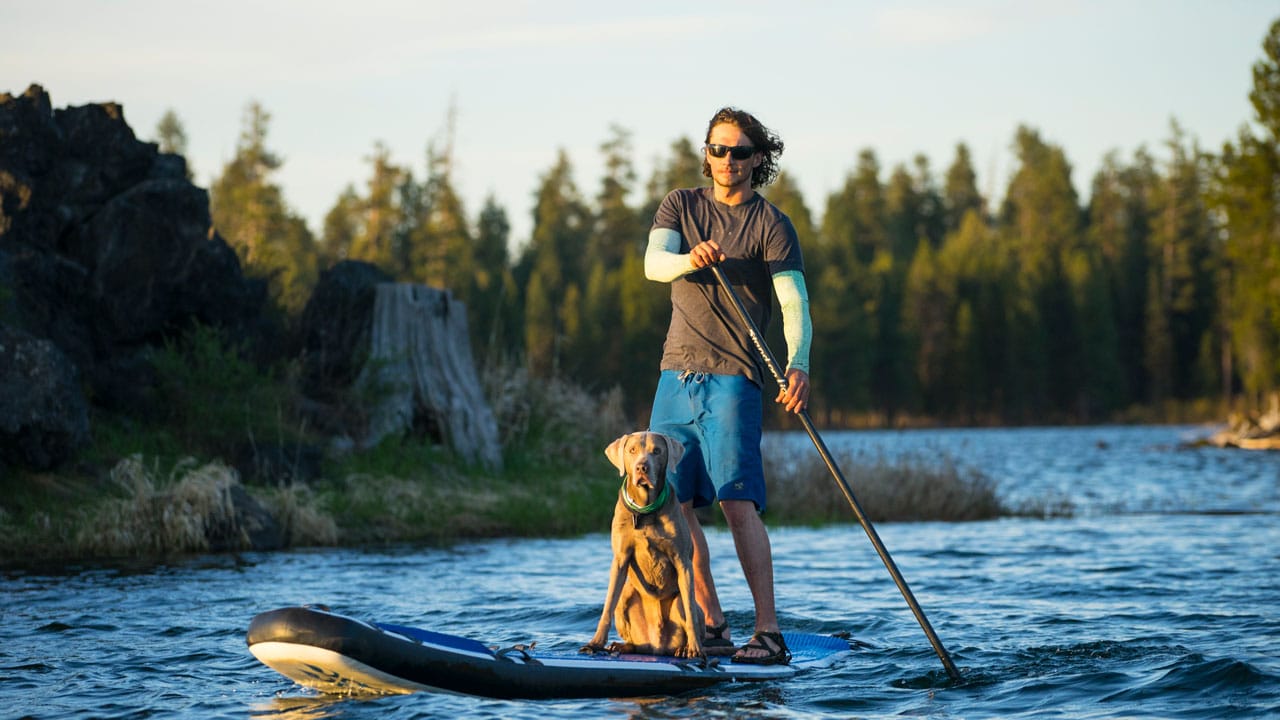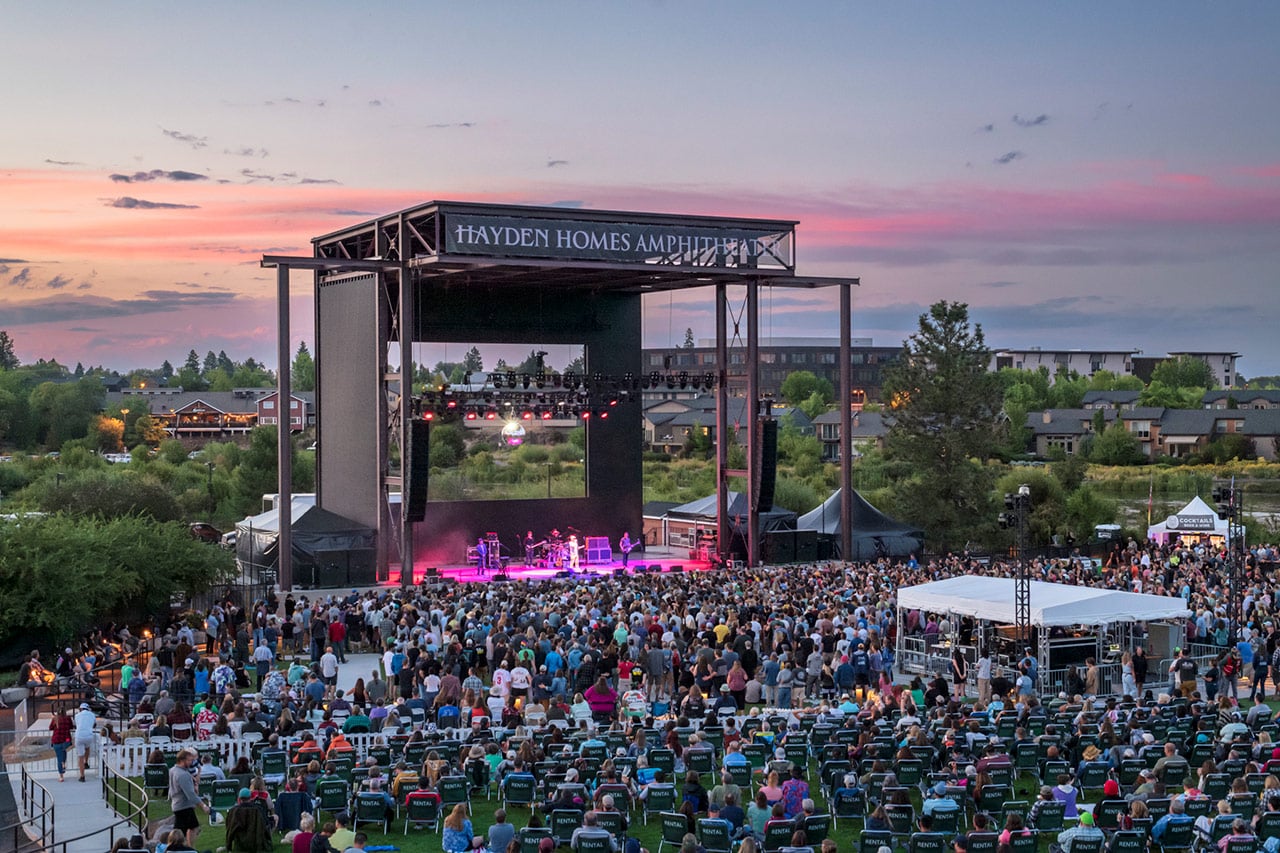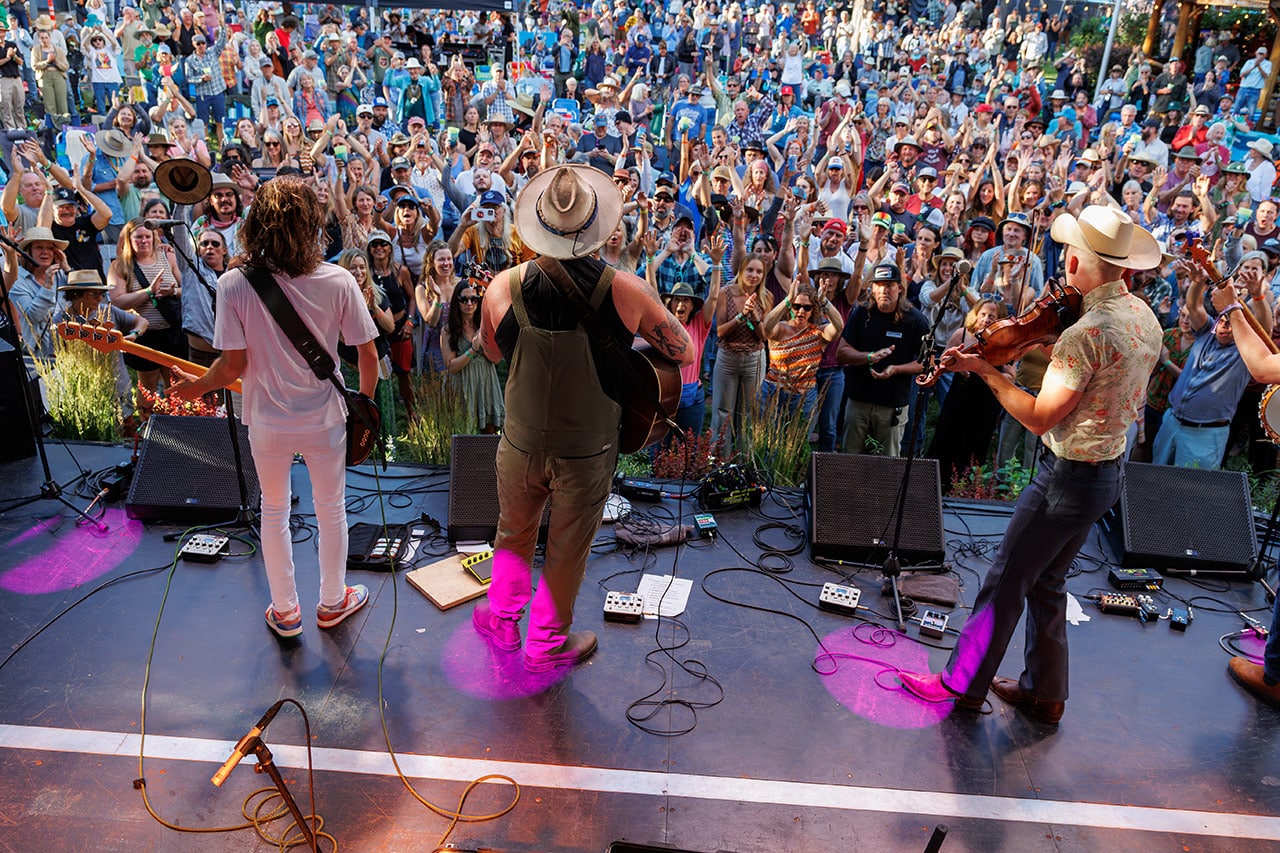Though Bend may often feel like big city living amid the hustle and bustle of the busy summer season, the reality is that when the days get longer and the sun is beaming down late into the evening, you are bound to occasionally lose track of time and the dreadful 9 p.m. hour might unsuspectingly creep up on you. If this happens, you might soon come to realize that Bend’s vast pool of notable cuisine has suddenly and drastically diminished.
We have all been there, planning for hours the exact order we will place at our favorite food cart only to catch a glimpse of a clock and realize that our hours of fantasizing were all in vain. It is 9:30, the pots and pans are sunk in degreaser, the window where you once dreamed you would be ordering your personal repas du jour is latched shut. Fear not, we are here to guide you toward Bend’s best options for late-night eats. Though your favorite restaurant might hold early bird hours, you might be surprised at which Central Oregon classics made the list. This is the complete guide for grabbing some grub long after the sun has set.
The Early-to-Bed-Early-to-Rise Options
For the gal or guy whose Friday night post-ride libations created an untenable time vortex, these spots will get you out of a pickle and into bed before midnight.
Brother Jons Public House offers its full menu right up until closing—11 p.m. Tuesday-Saturday. Try out the Grilled Wild Salmon Cobb; it’ll help you hit your macros and won’t send you to bed feeling like you’ve got a bowling ball in your belly.
Brown Owl is one of Bend’s most famous food trucks for a reason. Forget about the fact that this place has an excellent menu and a full bar with two stories of seating—it’s open until 11 p.m. every night of the week. This makes it a regular on the late-night circuit. Try the Wilted Kale Bacon Salad—it’s a salad with fries and goat cheese and comes with a bacon vinaigrette. It’s delicious all day but if you order it after 10 p.m., you can even tell yourself it’s healthy.
McMenamins‘ cajun tots work great as a side, app or shared plate, but after midnight they have the ability to change your life. The cigar bar at O’kanes is a fun spot and has the fire pits rip-roaring until 12 a.m. on the weekends. For a later indulgence, the Fireside Bar is serving up steak bites and shuffleboard until 1:30 a.m. every night of the week.
River Pig Saloon is proof that not all Portland transplants have cuffed pants and full sleeves—some of them have scrumptious salads and street tacos. Open until 2 a.m. Wednesday through Saturday, the new Bend location for this iconic bar has got you covered on all fronts and you may even catch some live music with your mac and cheese.
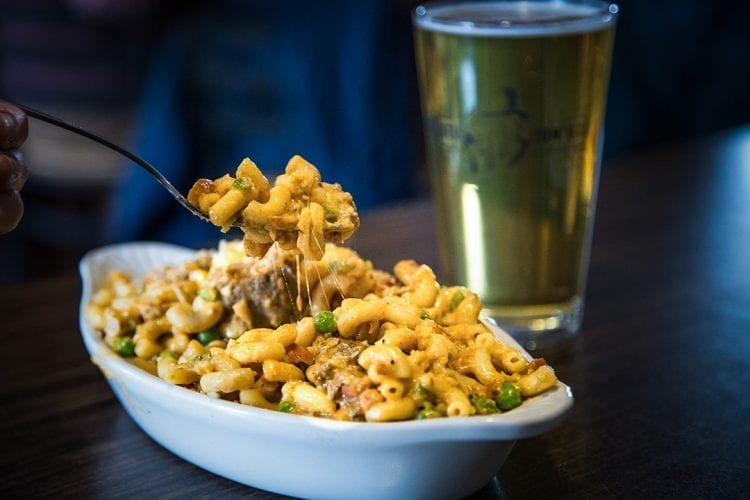
Late Night Fiesta Fix
Taco Salsa is often the first place that comes to mind for getting food after the bars close. If you haven’t graced the salsa bar with your presence after two in the morning, then you haven’t been trying hard enough. Open until 3 a.m. on weeknights and 4 a.m. on weekends, you can’t go wrong with tacos and if you’re feeling adventurous, the burrito also packs a punch and will keep you satiated until tomorrow’s late brunch.
Rigoberto’s Taco Shop is the east-side solution for twelve-in-the-morning tacos. Open until 3 a.m. on the weekends and midnight the rest of the week it might be the only place in town to get super nachos in the early morning hours. There is also one in Redmond which is a good option when coming in from a late inbound flight.
Chomp Chomp is the newest addition to the local late-night scene. This Japanese restaurant, nestled in downtown Bend, is where late-night ramen cravings are satisfied. Chomp Chomp entices hungry souls with its late-night ramen special on Fridays and Saturdays from 11:30 p.m. until 2 a.m. (or until they sell out). Swing by their convenient to-go ramen window to pick up your bowl of Veggie Miso, Spicy Veggie Miso or classic Pork Ramen. We can’t think of a better way to end a night out.
Games and Grub
Duda’s Billiards Bar in Downtown Bend has more pool tables than it does seating but that’s as good a reason as any to go here. Just pack up your custom-made cue and cruise on in for a late-night bite. Open until 2 a.m. Friday and Saturday and 12 a.m. every other night of the week, try the Classic with Cheese—one of six Aussie Meat Pies that are a specialty here and have a burgeoning cult following in Bend.
The Hideaway, as the name implies, is an off-the-beaten-track gem. Created by the people who brought you The Victorian Café, this sports bar specializes in making food you actually want to eat while watching the big game. With foosball, Golden Tee and a slew of other arcade classics it’s a good thing the kitchen is open until 11 p.m. on Friday and Saturday—you can let the kids go double or nothing all night while still catching the ninth inning on one of ten big screens.
Cascade West, even if you have never been before, is probably close to what you would envision when you hear “bar with pool.” Don’t be fooled; behind its backwoodsy exterior lies a treasure trove of late-night delights. Open and cooking until 1 a.m. every night of the week, you can’t claim local status until you’ve had the 4-piece fried chicken just before last call.
JC’s Bar + Grill serves up some of the best bar bites in town. Open until 1:30 a.m. on the weekends means you can throw darts, shoot pool, and risk life and limb playing giant Jenga late into the evening. Once you’ve worked up an appetite you can’t go wrong with the Fish N’ Chips—they’re a local favorite.
Late Night chEAT Sheet
Abby’s Legendary Pizza – 11 p.m. every night
Brother Jons Public House – 10 p.m. Sunday and Monday, 11 p.m. every other night
Brown Owl – 11—11 every day
Cascade West – 1 a.m. every night
Chomp Chomp – 11:30 a.m. – 9 p.m. Tuesday – Thursday, 11:30 a.m. – 10 p.m., 11:30 p.m. – 2 a.m. Friday & Saturday
Coreys – 1:30am all nights
D&D – 2 a.m. Monday—Saturday, 12 a.m. Sunday
Deschutes Brewery – 11 p.m. Friday and Saturday, 10 p.m. every other night
Duda’s Billiards Bar – 2 a.m. Friday—Saturday, 12 a.m. every other night
JC’s Bar + Grill – 1:30 a.m. on the weekends, 11:30 weeknights
McMenamins Old St. Francis School – 7 a.m.—11 p.m. Sunday—Thursday, 7 a.m.—1 a.m. Friday & Saturday
Rigoberto’s Taco Shop – 12 a.m. Sunday—Thursday, 3 a.m. Friday—Saturday
River Pig Saloon – 2 a.m. all nights
Sharis Café and Pies – 24hrs
Taco Salsa – 3 a.m. weeknights, 4 a.m. weekends
The Hideaway – 9 p.m. Sunday, 10 p.m. Monday—Thursday, 11 p.m. Friday—Saturday
The Stihl Whiskey Bar – 12 a.m. Monday—Thursday, 1 a.m. Friday—Saturday, Sunday until 11 p.m.
Velvet – 1:30am all nights
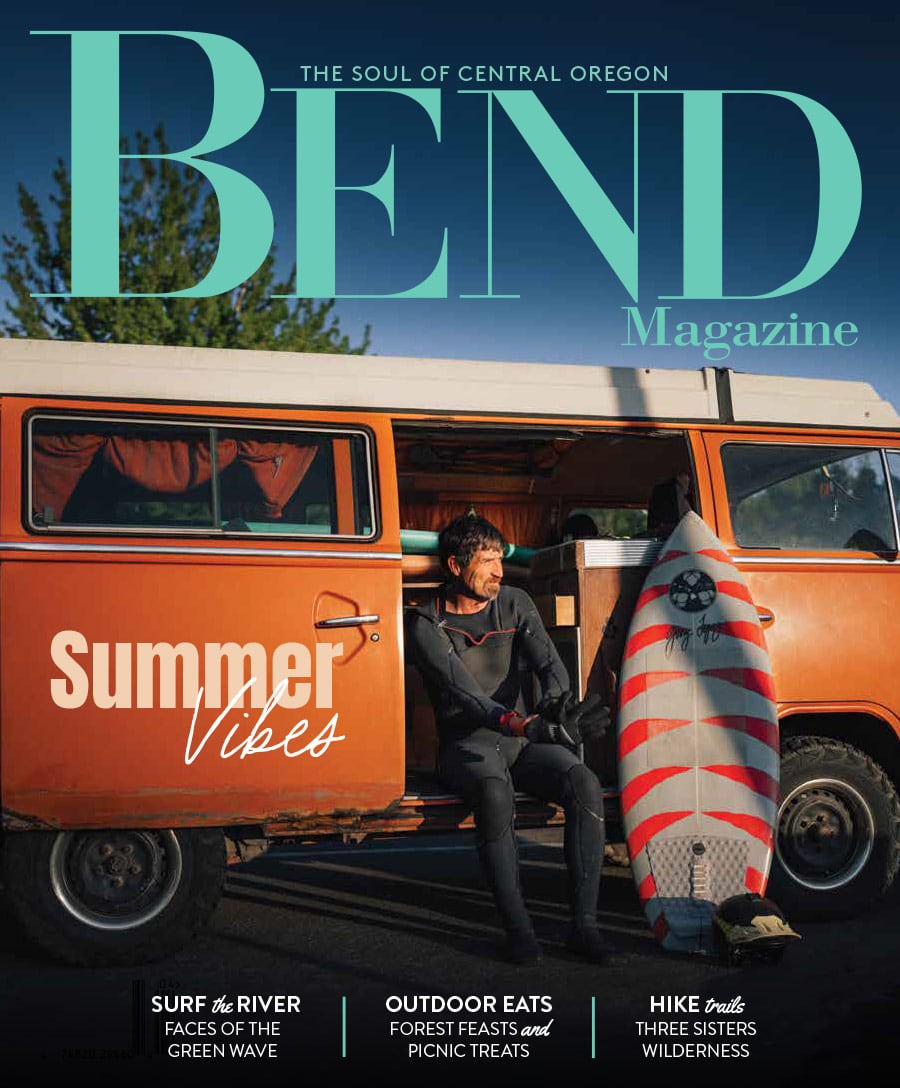
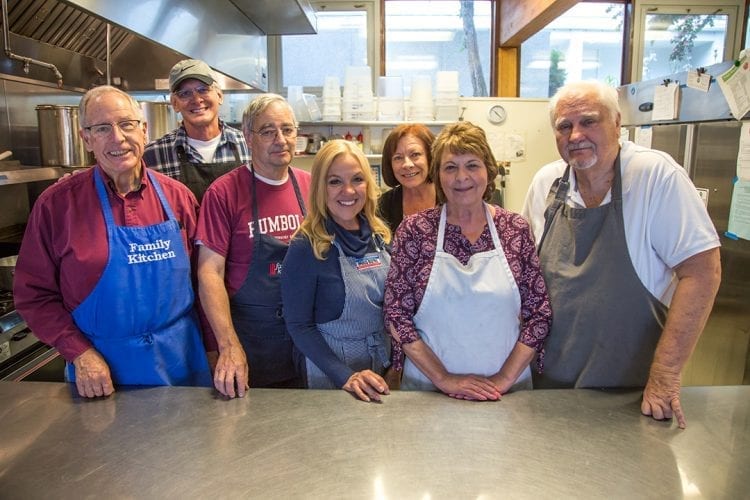
 According to Burklo, Family Kitchen was started in response to the closing of the Brooks-Scanlon Mill. “The ladies were concerned for families that might be struggling due to the loss of jobs. So they started by making a meal once a week at home. It started growing from there to where we are today, serving 8 meals a week—a little bit over 5,000 plates each month.” There are now approximately 400 volunteers, organized in dinner and lunch teams that represent different companies and organizations from around town. For some, it’s an extension of their workplace. For example, Burklo said that the Dutch Bros. team brings its signature enthusiasm and high-energy to Family Kitchen, which provides a welcomed change of pace for the diners.
According to Burklo, Family Kitchen was started in response to the closing of the Brooks-Scanlon Mill. “The ladies were concerned for families that might be struggling due to the loss of jobs. So they started by making a meal once a week at home. It started growing from there to where we are today, serving 8 meals a week—a little bit over 5,000 plates each month.” There are now approximately 400 volunteers, organized in dinner and lunch teams that represent different companies and organizations from around town. For some, it’s an extension of their workplace. For example, Burklo said that the Dutch Bros. team brings its signature enthusiasm and high-energy to Family Kitchen, which provides a welcomed change of pace for the diners.
